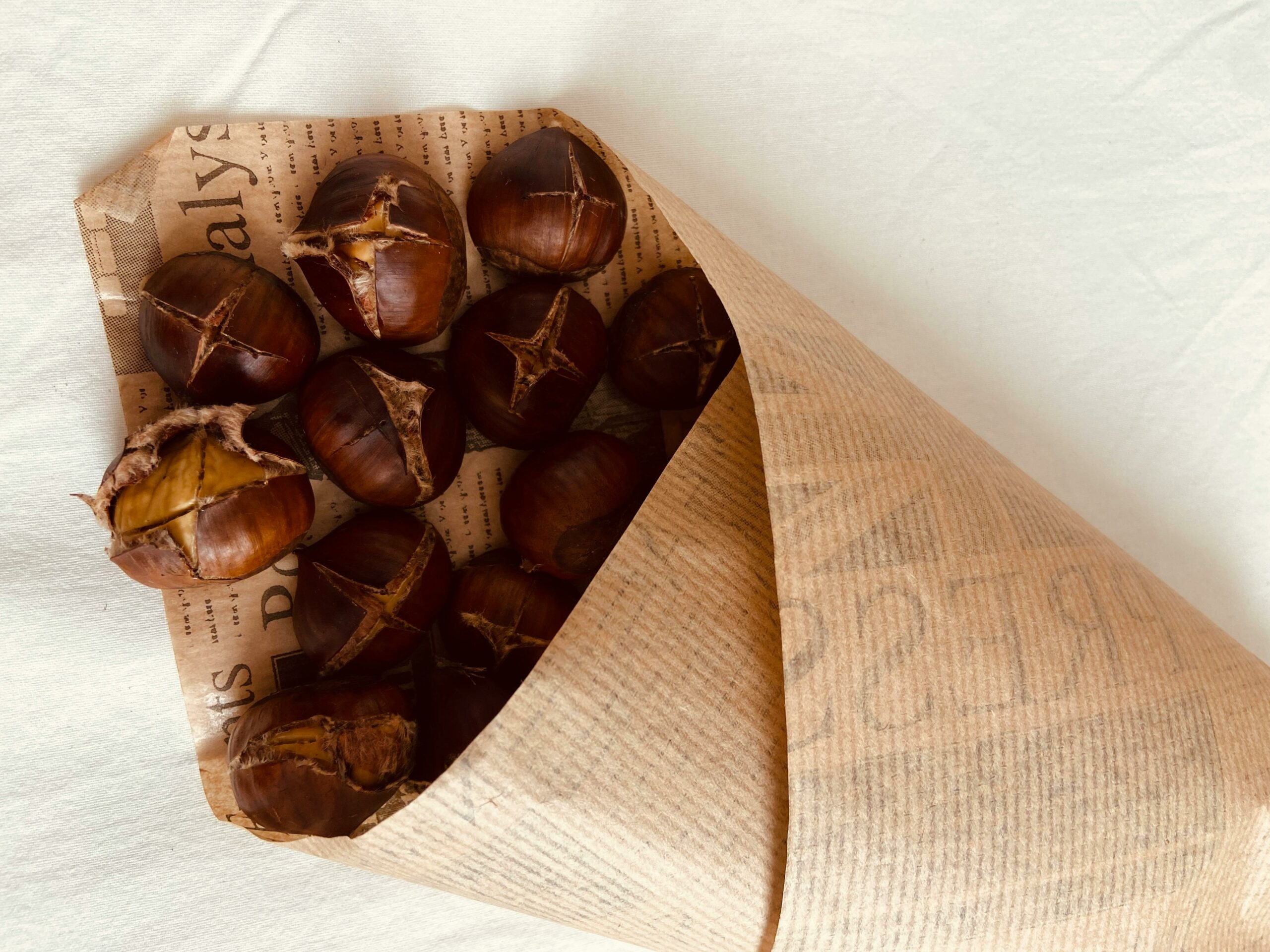Easter in Crete is a time of celebration, reflection, and, of course, food! The island's…

The History of Cretan Gamopilafo: A Symbol of Celebration and Tradition
Cretan Gamopilafo is one of the most traditional and beloved dishes in Cretan cuisine, with a history deeply tied to celebrations and weddings on the island. Known as the “wedding pilaf,” it symbolizes hospitality, prosperity, and joy, and is closely associated with Crete’s rich cultural heritage.
The Origins of the Dish
The name “gamopilafo” comes from its traditional use during weddings and major celebrations on the island. It is called “wedding pilaf” because it is typically served at weddings, making it a central dish in Cretan wedding feasts. The dish is meant to honor the union and happiness of the newlyweds, and it has become a symbol of festivity and family togetherness in Cretan culture.
Ingredients and Preparation
Cretan Gamopilafo is a hearty and flavorful dish made with rice, lamb or goat meat, and a rich broth. The meat is slow-cooked until tender, and the rice is cooked in the flavorful broth, absorbing all the juices and spices. What sets this dish apart from other pilafs is the lemony sauce that is poured over the pilaf just before serving, giving it a fresh and tangy flavor.
In the past, Gamopilafo was prepared in large quantities for the wedding feast, as it was meant to feed a crowd of guests. Today, it remains a cherished dish for special occasions, although it can also be enjoyed as a comforting family meal.
Cultural Significance
The dish is more than just food; it’s an important part of Cretan culture and tradition. Gamopilafo represents the spirit of Cretan hospitality and is often served to honor guests. Its presence at weddings and other large celebrations shows how food in Crete plays a central role in social life and the marking of important milestones.
Whether enjoyed at a wedding or a family gathering, Cretan Gamopilafo remains a beloved dish that carries with it the warmth, joy, and togetherness of Cretan life.



